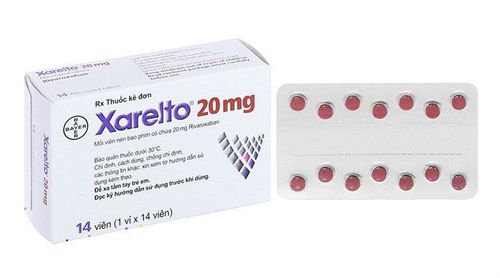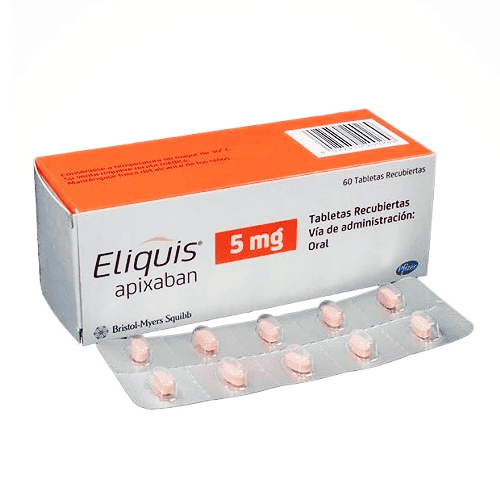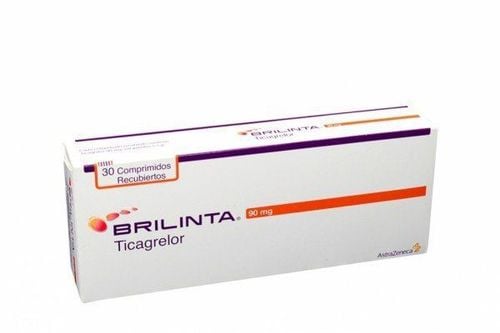This is an automatically translated article.
The article was professionally consulted by Dr. Ngo Dac Thanh Huy - Cardiologist - Department of Medical Examination & Internal Medicine - Vinmec Danang International General Hospital. The doctor has experience and strengths in the field of diagnosis and treatment of cardiovascular diseases, echocardiography, coronary angiography and intervention.Currently, deep vein thrombosis is usually treated with the use of anticoagulants. However, with this medical treatment, the disease cannot be cured completely. Therefore, many patients are indicated for surgical treatment of deep vein thrombosis after anticoagulation has failed.
1. Treatment of deep vein thrombosis
Most patients with deep vein thrombosis require hospital treatment. A small number of patients with small, mild, symptomatic thromboembolism can be treated at home under the care of a healthcare professional. The patient can wear an elastic bandage first, then when the edema is reduced, use pressure socks, self-inject, follow medical orders well, in stable health, without comorbidities.The main method to treat deep vein thrombosis is anticoagulation. Start with heparin followed by coumarine derivatives to prevent recurrent thrombosis . In addition, fibrinolytic therapy can be used to dissolve thrombus and maintain venous valve function.
Most patients with deep vein thrombosis require hospitalization, however, due to the convenience of low molecular weight heparin, some patients can be treated at home with the care of a medical professional. Medical if: small thrombus, few symptoms, can walk and patient is active, wear elastic bandage first, then when edema subsides, use compression stockings, self-injectable, follow medical orders well, no other diseases, no difficulty breathing.
Several trials comparing fibrinolytic therapy with standard anticoagulation found complete thrombosis in 45% of patients treated with fibrinolytic agents, while only 4% in patients taking Heparin.
If these measures do not work, more invasive treatments such as surgery can be used.

2. Open vein surgery to remove thrombus
Thrombophlebectomy is often indicated when patients with deep vein thrombosis have failed to respond to medical treatments, and anticoagulation has failed.These patients, if not treated properly, can lead to necrosis because the tissue is not supplied with enough blood and oxygen for a long time. Limb gangrene is a very serious condition that may require amputation.
3. Surgical method of placing a vena cava filter
For patients who cannot use anticoagulants for some reason, a special metal filter will be used to protect and prevent pulmonary embolism. The main vena cava is located in the abdomen, directly bringing blood back to the heart and lungs, so the metal mesh filter will help prevent the thrombus from dislodging from the vein, moving with the blood stream to the lungs causing embolism. pulmonary obstruction.The vena cava filter is inserted into the body by a catheter through one of the following locations:
The femoral vein. Neck veins. Arm veins.
4. How to prevent deep vein thrombosis?

Please dial HOTLINE for more information or register for an appointment HERE. Download MyVinmec app to make appointments faster and to manage your bookings easily.














